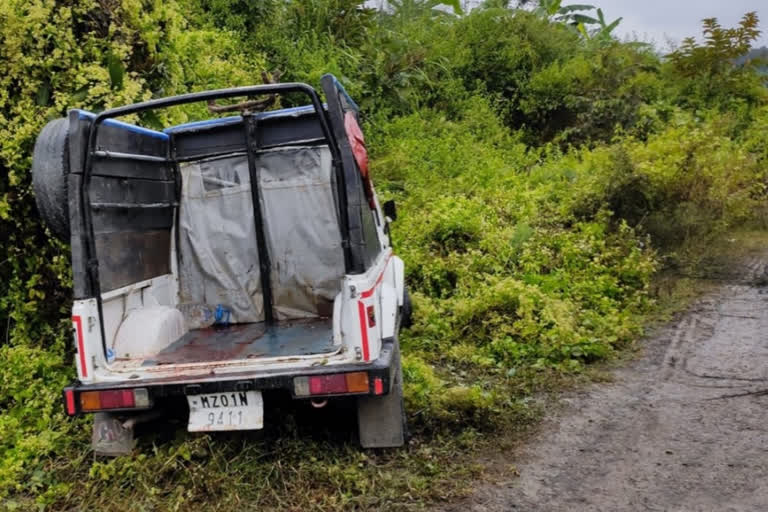New Delhi: The involvement of the Manipur Naga People’s Front (MNPF), a relatively unknown armed outfit, in Saturday’s ambush of the Assam Rifles convoy in a spot very near to the India-Myanmar border in Manipur’s Churachandpur district, is replete with significance for the insurgency dynamics of the conflict-ridden state in particular and the Northeast region in general.
In the most devastating attack by insurgents since June 4, 2015 in neighbouring Chandel district that had claimed the lives of 18 army soldiers, the ambush claimed the lives of seven, including the Commanding Officer of 46 Assam Rifles Colonel Viplav Tripathi, his wife and six-year-old son, and four Quick Reaction Team troopers.
Claiming that the attackers were not aware of civilian family members travelling in the convoy, a press release by the Revolutionary People’s Front (RPF) claimed the attack was carried out by its armed wing PLA (People’s Liberation Army) and the MNPF.
While the PLA is a decades-old armed outfit mostly comprising Manipuri Meiteis, the MNPF comprises cadres belonging to the Zeliang Naga community that is spread across the three states of Manipur, Nagaland and Assam.
Known to be based mainly in Manipur’s Tamenglong district, the MNPF was created in June 2013, after some Zeliang Naga cadres of the NSCN (IM) formed the splinter outfit, ostensibly to safeguard and protect the rights of the Zeliang community.
While the NSCN (IM) is dominated by the Tangkhul tribe from Manipur, tribe-wise, the second largest number of cadres was from the Zeliang tribe. Their breaking away from the NSCN (IM) and forming a separate outfit is indicative of the fact that the unchallenged Tangkhul dominance among Nagas in Manipur may no longer be so.
